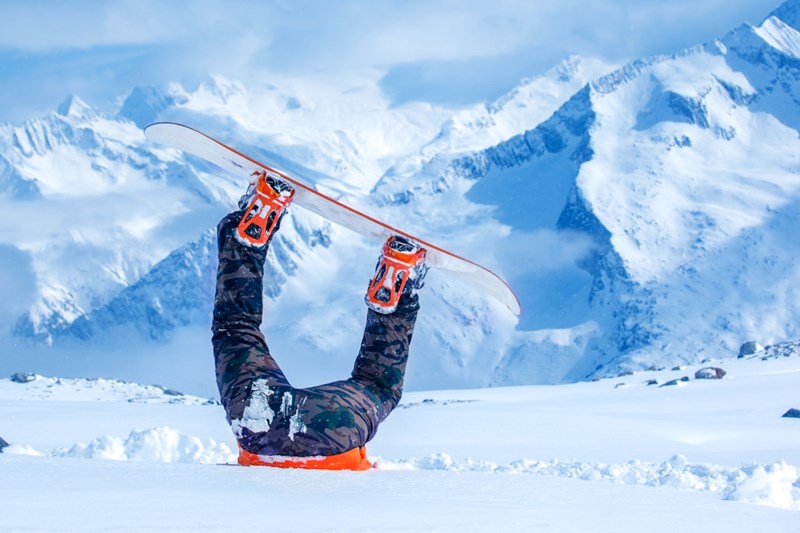What is a piste?
Piste is a French term that is better known as a “trail”, “run” or “marked slope” in English speaking countries.
A piste is a marked ski run or path down a mountain for snow skiing and snowboarding.
These are shown on a trail map and are generally marked with coloured poles on either side of the trail or ropes or signage.
Off-piste is generally anything that is beyond these areas but still within resort boundaries. Some resorts operate heli-skiing or cat-skiing that are both off-piste and outside resort boundaries. If you are doing either of these, ensure your travel insurance policy provides cover specifically for these activities.
What’s the difference between on-piste and off-piste?
The term off-piste generally describes any areas within the resort boundaries that are not marked trails.
On-Piste
|
Off-Piste
|
|
Areas within the boundaries of a ski resort that are:
- Marked on a trail map
- Marked by poles, ropes or signs
- Groomed terrain
- Open trails
- Maintained trails
- Monitored areas by the ski resort
|
Areas within the boundaries of a ski resort that are not:
- Groomed terrain; or
- Marked slopes; or
- Trails that are open, maintained, monitored and patrolled by the ski resort.
|
What are resort boundaries?
The resort boundaries are the limits of the patrolled and maintained areas in a ski resort. Inside the boundaries you will find marked trails and snow patrollers to help if you have an accident.
Outside the resort boundaries you have neither of these things. While there may be some great places to ski or board, these are not marked and there will be no snow patroller to help if you have a problem.
What’s the difference between a groomed and ungroomed run?
A groomed run is a ski slope that has had a big bulldozer-like machine called a snowcat drive over it to smooth out the bumps.
Ungroomed runs are left to nature (and skiers) and can be quite bumpy and uneven.
Are ungroomed runs off-piste?
Not necessarily. Provided the run is marked and open and within the resort boundaries then it is still on-piste.
Is heli-skiing off-piste?
Yes, with heli-skiing (or boarding), skiers are transported via helicopter to remote inaccessible slopes well outside resort boundaries. The skiers then ski down the slope and are collected at the bottom by the helicopter. Generally, a guide comes along and points out the safe places to ski. Heli-skiing takes places outside resort boundaries on unmarked and unpatrolled slopes.
Is cat-skiing off-piste?
Yes, with cat-skiing (or boarding), skiers are transported in a snowcat to areas outside resort boundaries. The skiers then ski down the slope and are collected at the bottom by the snowcat. Generally, a guide comes along and points out the safe places to ski. Cat-skiing takes places outside resort boundaries on unmarked and unpatrolled slopes.
 †
†

 †
†




